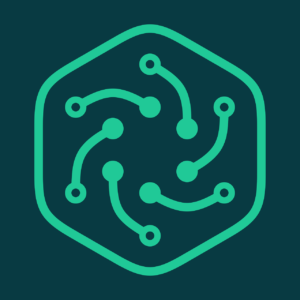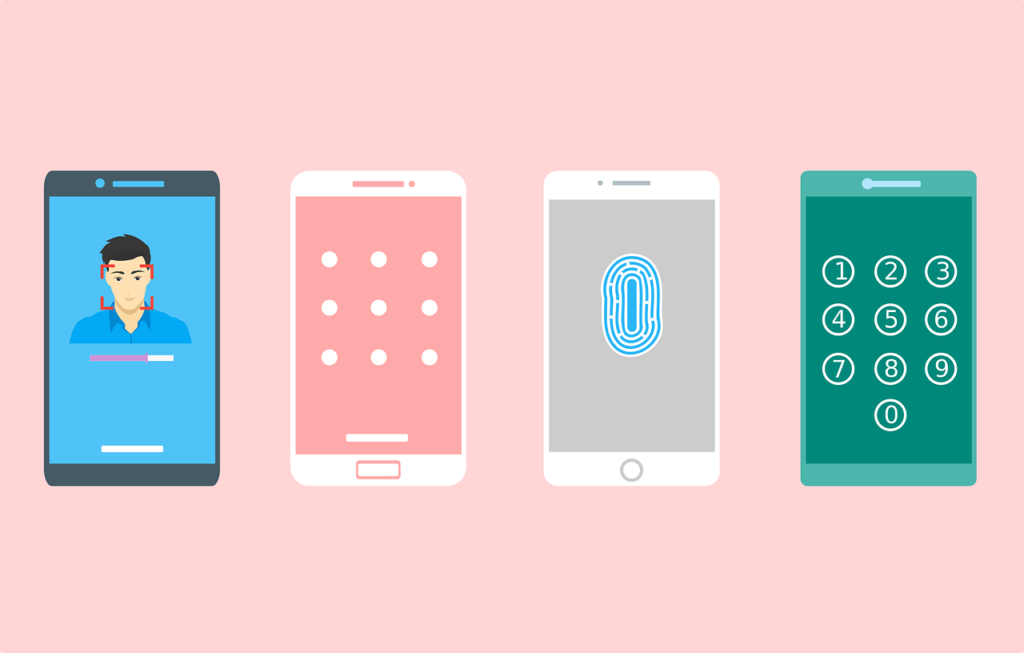
Imagine crafting an AI that can chat, write, or even think like you. With the rise of Generative Pre-trained Transformers (GPTs), this isn’t just sci-fi fantasy—it’s a reality that’s within reach. Creating your own GPT might sound like a task reserved for the tech elite, but with the right tools and a bit of guidance, anyone can get started. In this blog post, we’ll navigate the exciting process of building your very own GPT, from the ground up. Whether you’re a budding developer, a curious hobbyist, or just AI-obsessed, this guide is your first step towards unlocking the potential of personal AI. Ready to begin? Let’s dive in.
The Blueprint to Building Your Own GPT
1. Grasp the Basics of AI and Machine Learning
Before diving into GPTs, it’s crucial to have a solid understanding of the foundations of artificial intelligence (AI) and machine learning (ML). These concepts are the backbone of what makes GPTs possible. Start with online courses, webinars, and books that cover the basics of AI, neural networks, and natural language processing (NLP). Websites like Coursera, edX, and Khan Academy offer great introductory courses.
2. Dive Into the World of Deep Learning
GPTs are a product of deep learning, a subset of machine learning that involves neural networks with many layers. Familiarize yourself with deep learning frameworks like TensorFlow or PyTorch. These tools are essential for building and training your GPT model. Both frameworks have extensive documentation and community support to help you get started.
3. Understand GPT Architecture
At the heart of every GPT is its unique architecture. Spend time learning about transformer models, the building blocks of GPTs. Resources like the original research papers on GPT by OpenAI or blogs and tutorials that break down the technicalities can be incredibly helpful. Knowing how transformers work will give you insights into how GPTs generate text and perform other tasks.
4. Gather Your Dataset
The quality and quantity of the data you train your GPT on will significantly impact its performance. Determine the type of tasks you want your GPT to excel at and gather a dataset that reflects these goals. This could be anything from tweets, books, articles, or even your writings. The more diverse and extensive your dataset, the more versatile your GPT will be.
5. Train Your Model
With a deep understanding of GPT architecture and a dataset in hand, you’re ready to train your model. This step requires significant computational power, so consider cloud-based solutions like Google Colab or AWS if your local machine isn’t up to the task. Training a GPT model involves fine-tuning a pre-existing model with your dataset or starting from scratch—a process that can take from hours to weeks depending on your resources and model size.
6. Test and Refine
After training, it’s time to test your GPT. Engage with your model, prompt it with questions, or give it writing tasks. The testing phase is crucial for identifying areas of improvement. You might need to go back, adjust your training parameters, or even expand your dataset. The goal is to iteratively refine your model until it meets your expectations.
7. Deploy and Share
Once you’re satisfied with your GPT, consider deploying it for others to use. Platforms like Hugging Face allow you to share your model with the world. Whether it’s a chatbot, a creative writing assistant, or a tool for generating code, your GPT can now be a resource for others in the community.
Embarking on the journey to create your own GPT is a thrilling challenge that not only introduces you to the cutting edge of AI but also unlocks a world of creative and practical applications. While the process requires patience, a willingness to learn, and computational resources, the reward of having a personalized AI at your fingertips is unparalleled. Remember, every expert was once a beginner, and with each step, you’re closer to bringing your own GPT to life.

